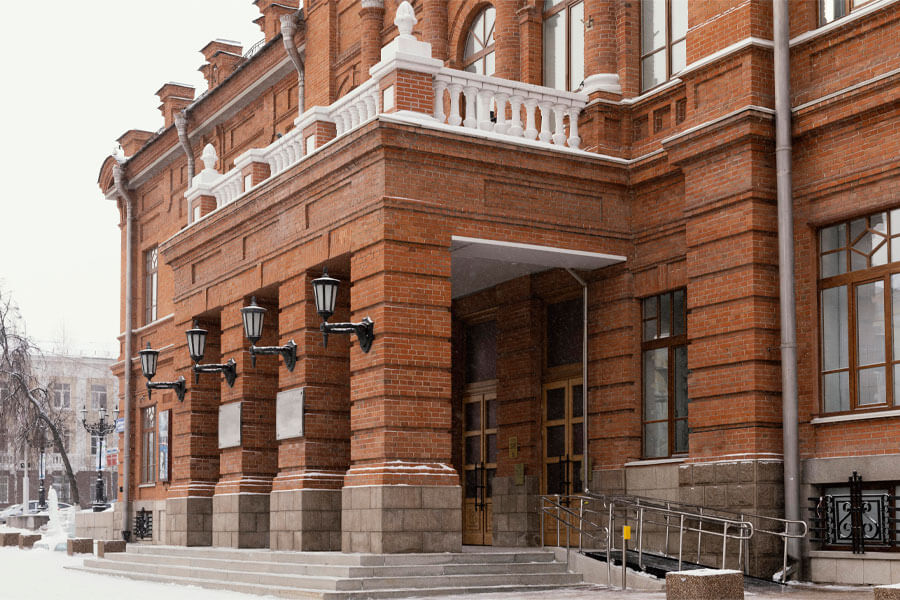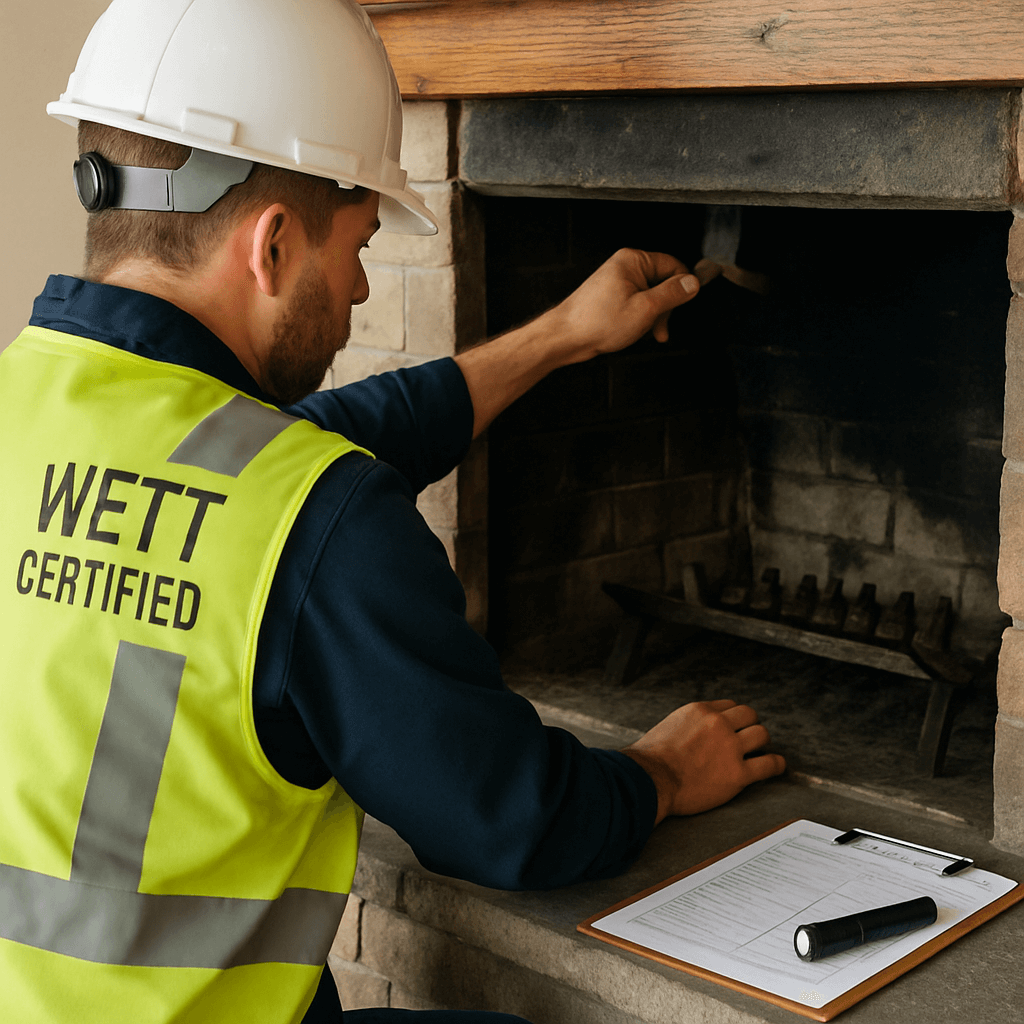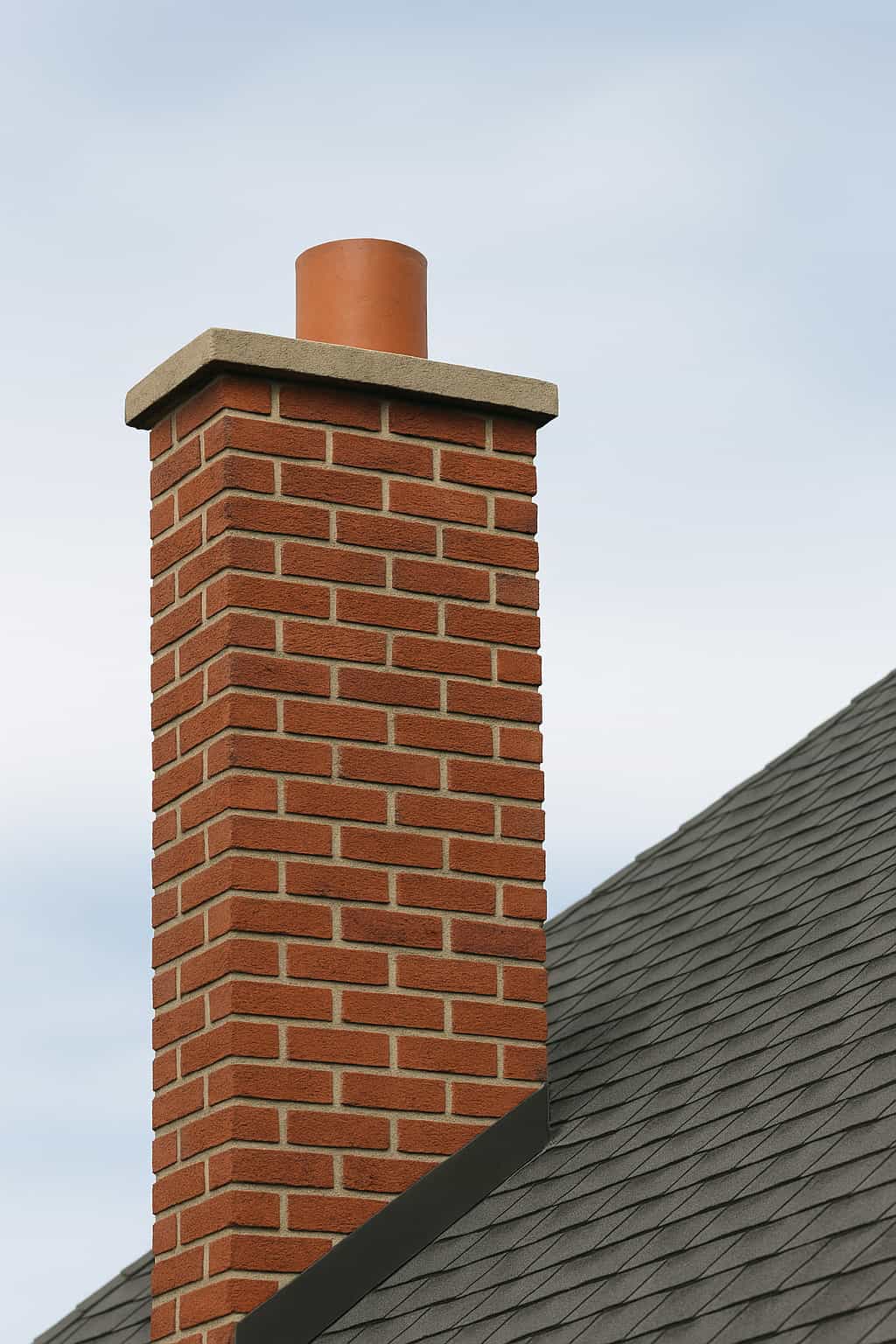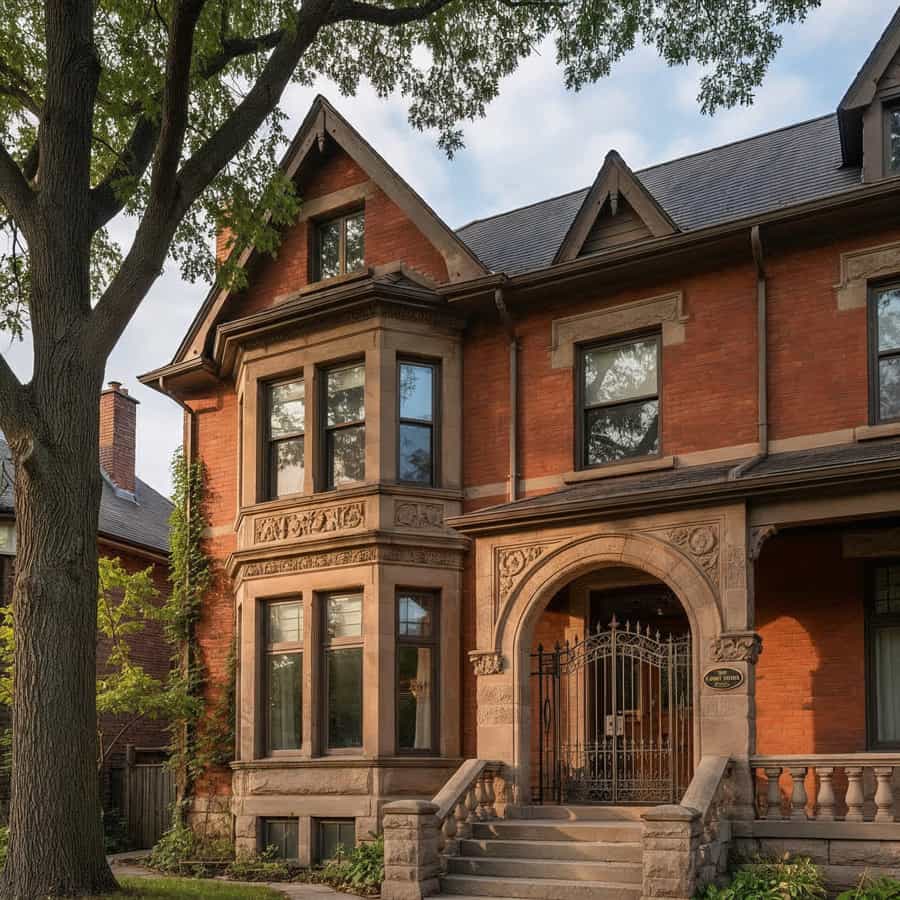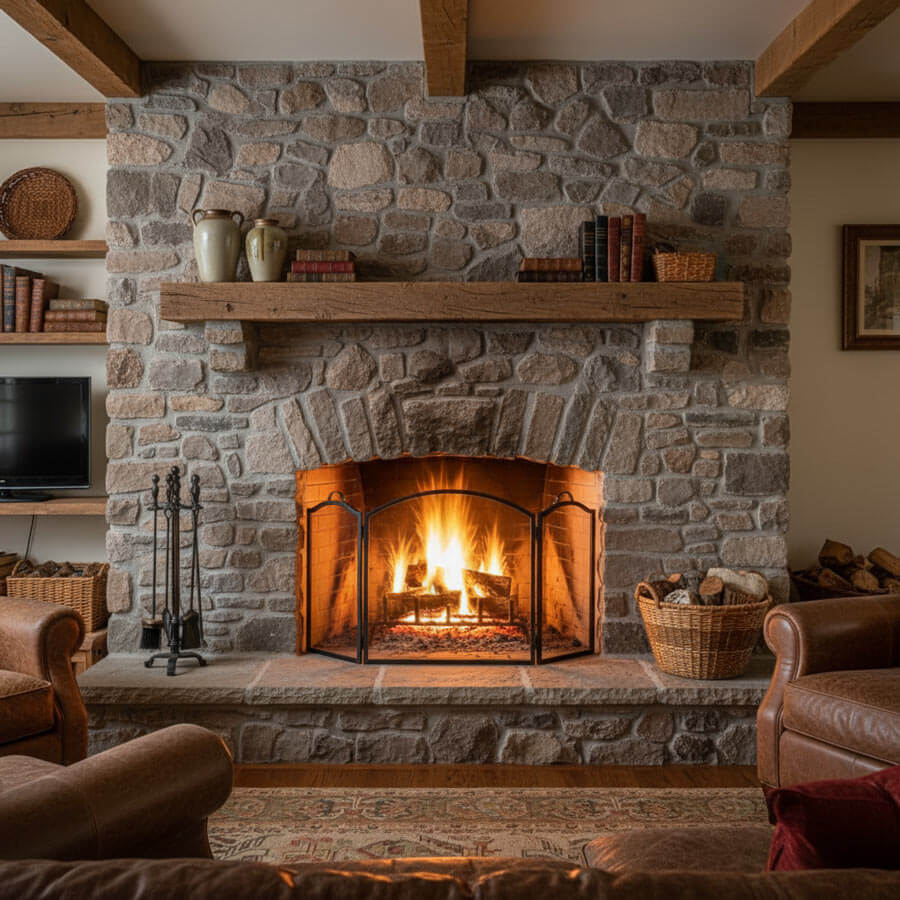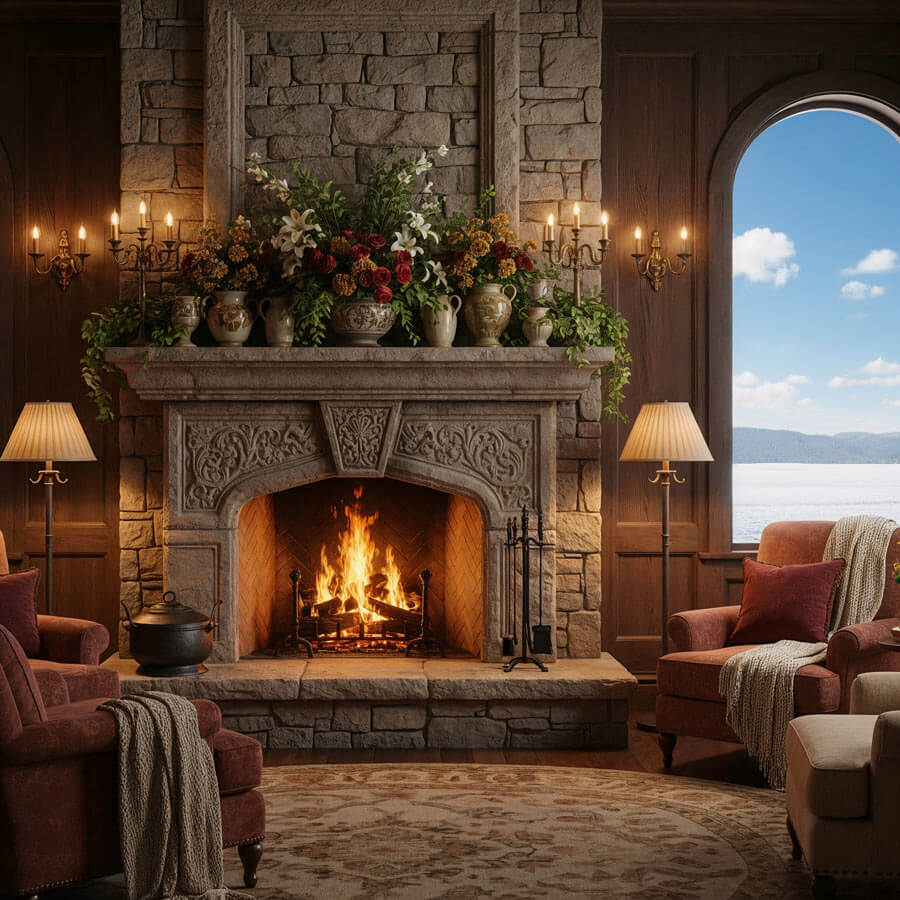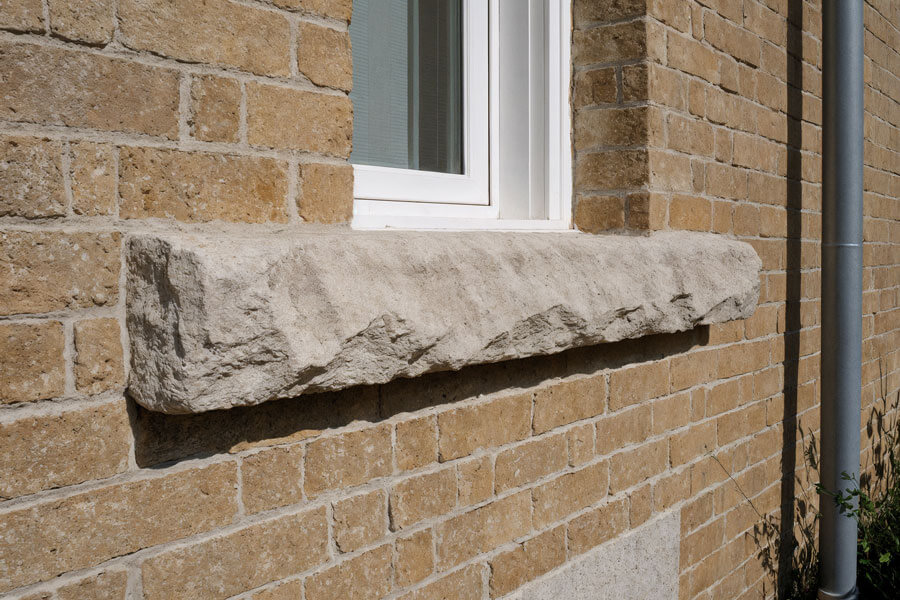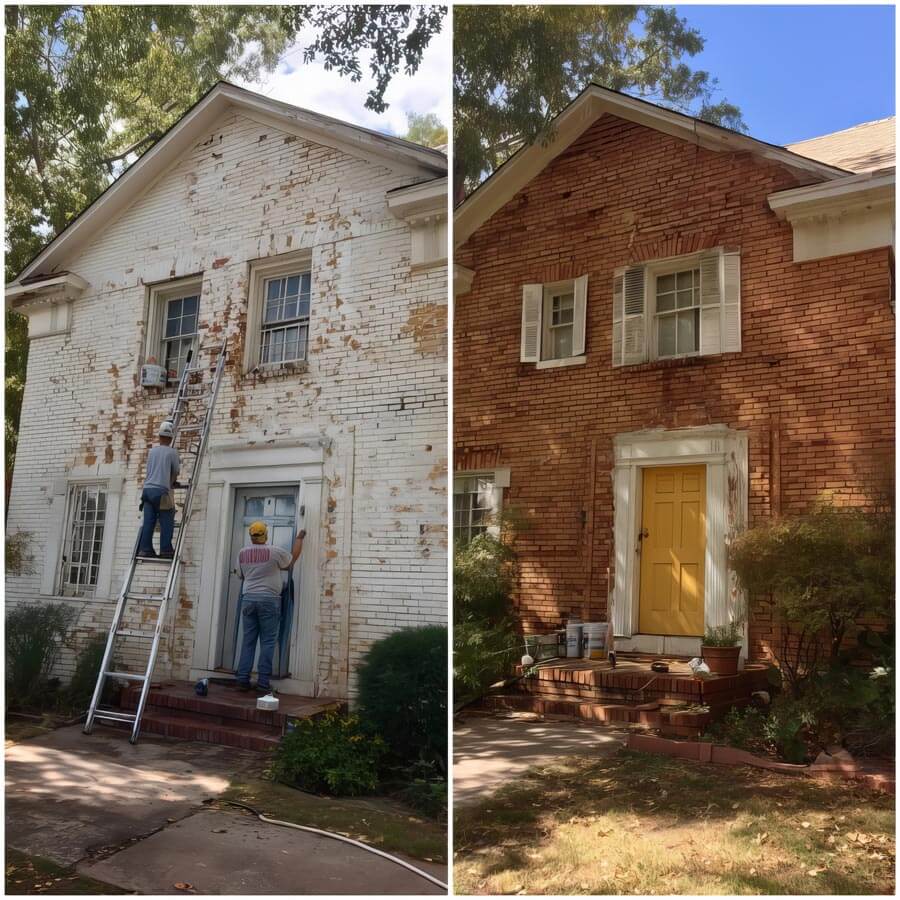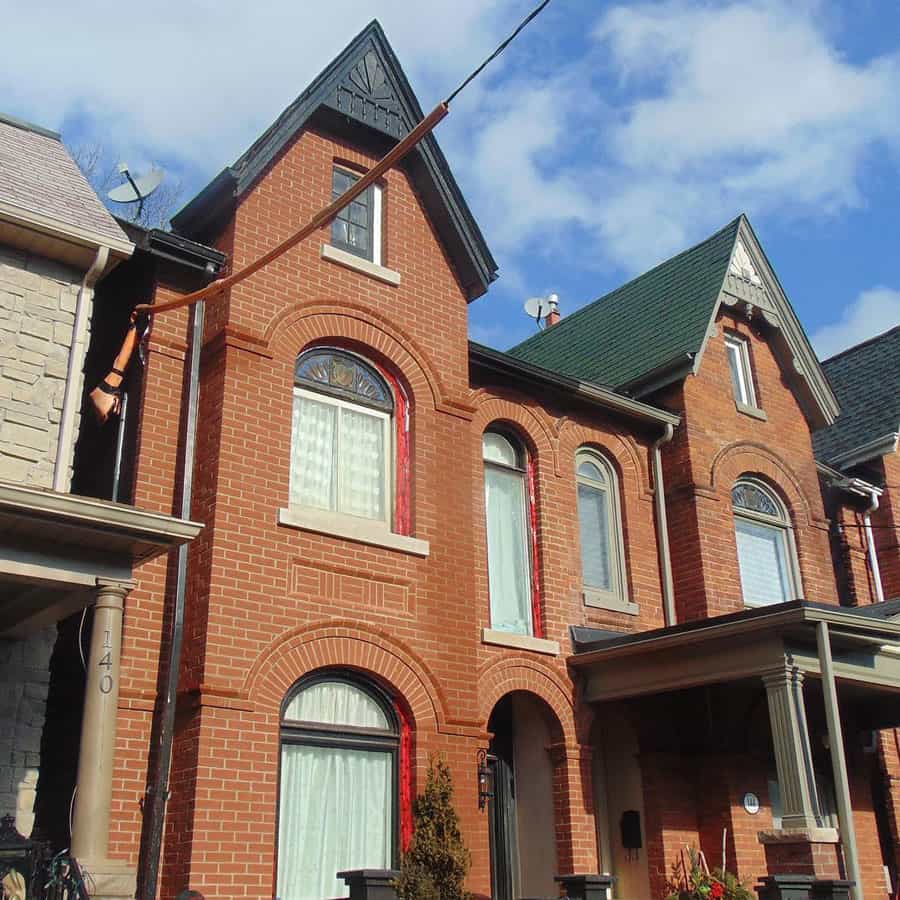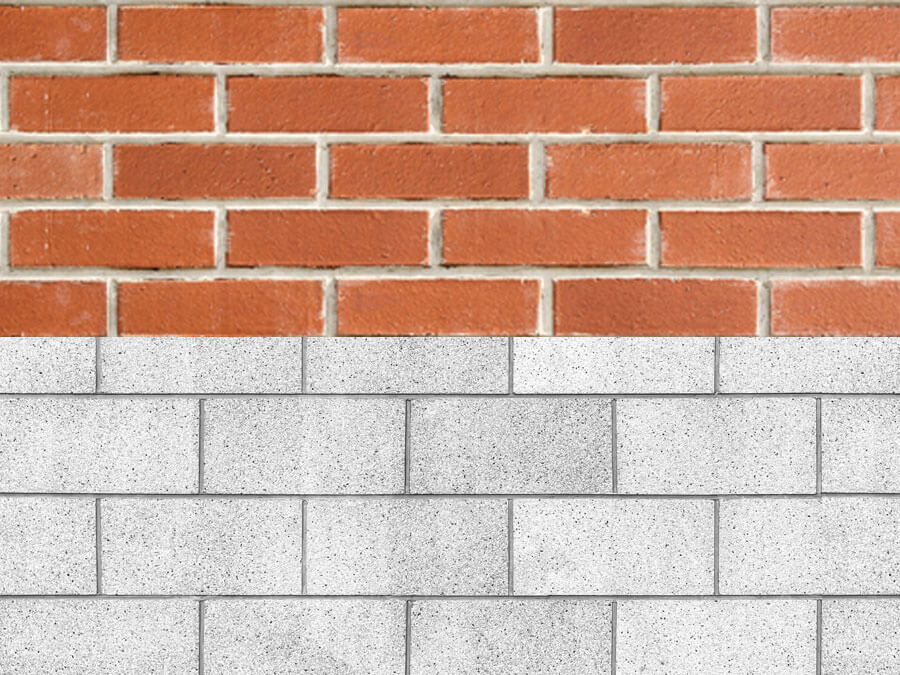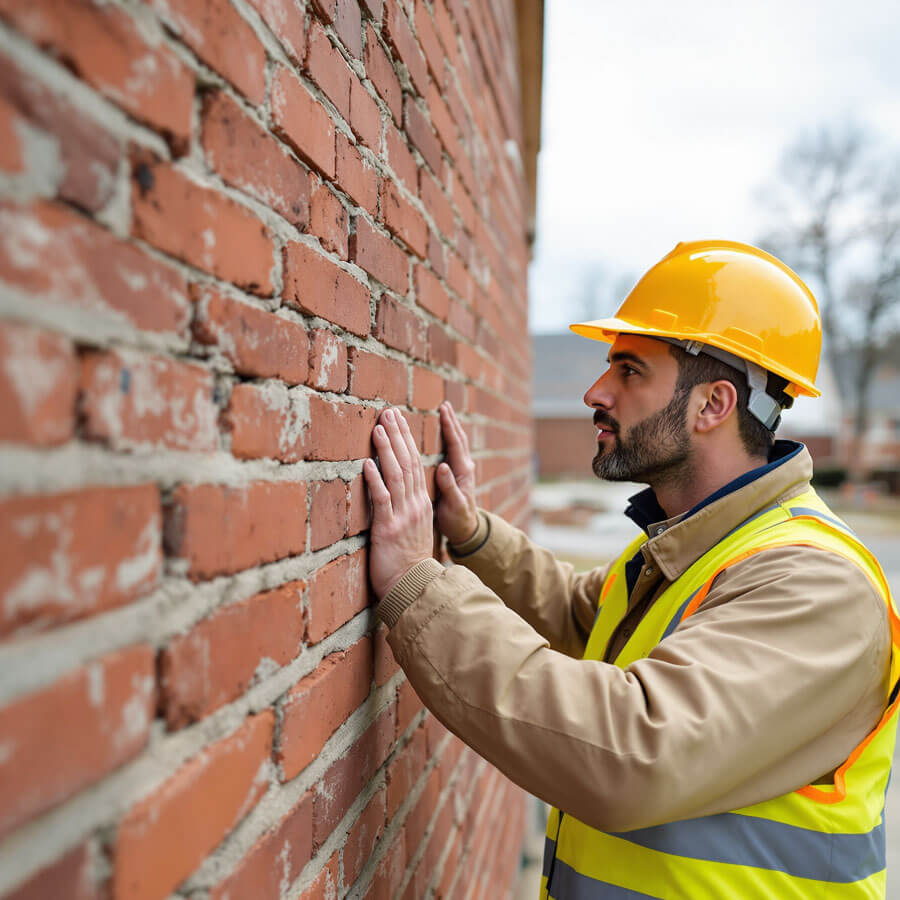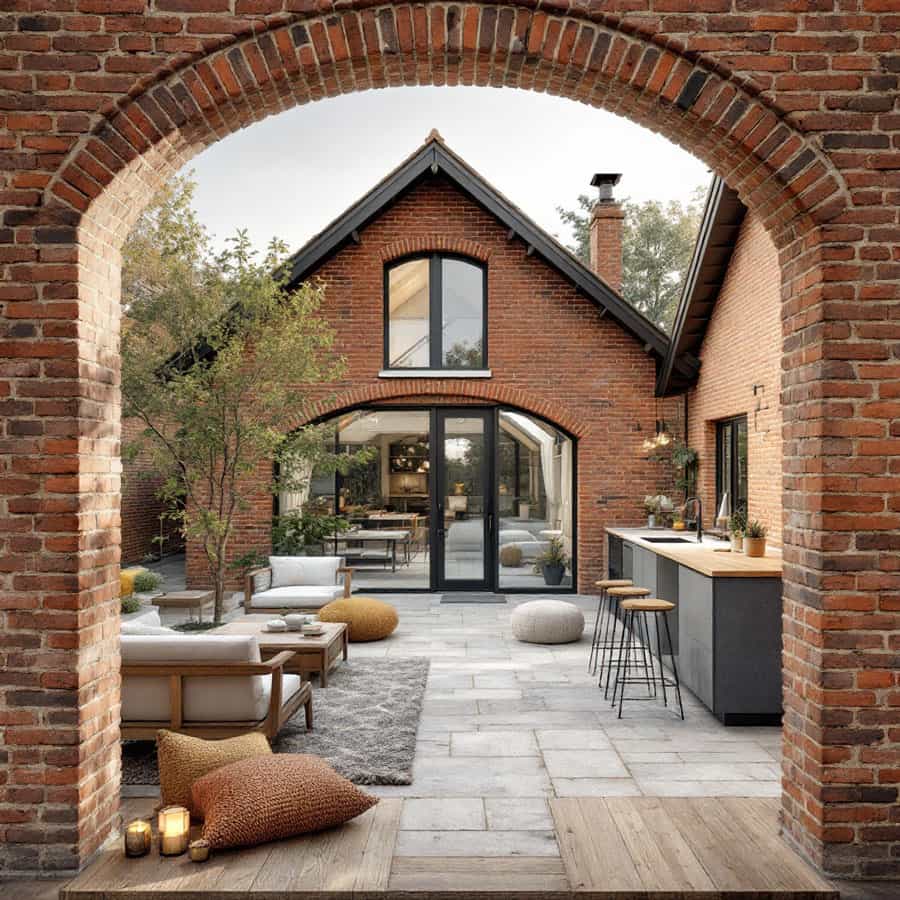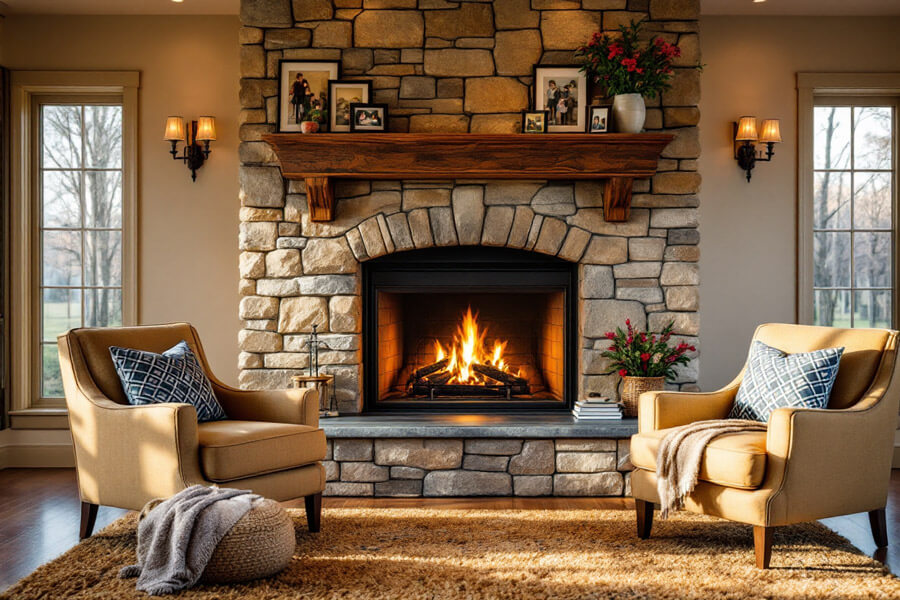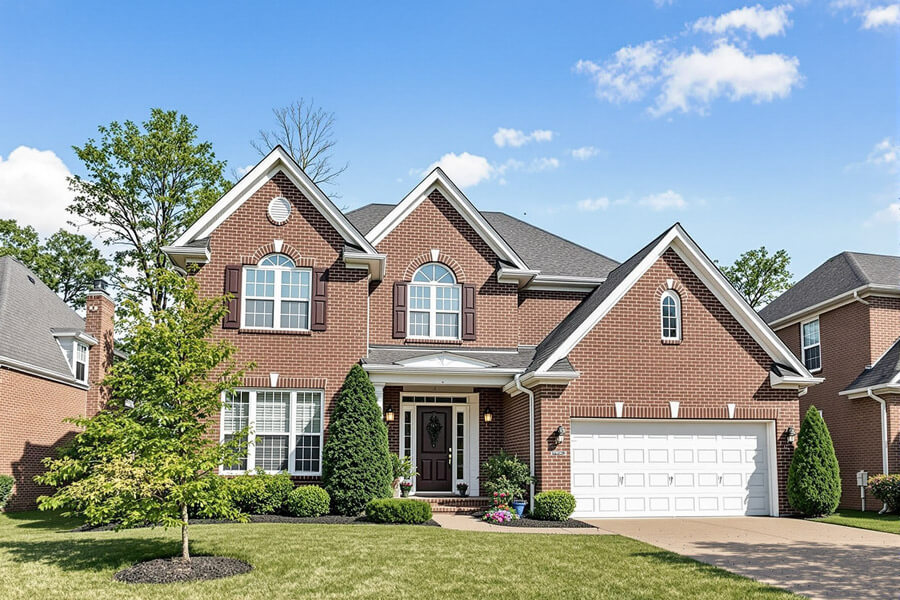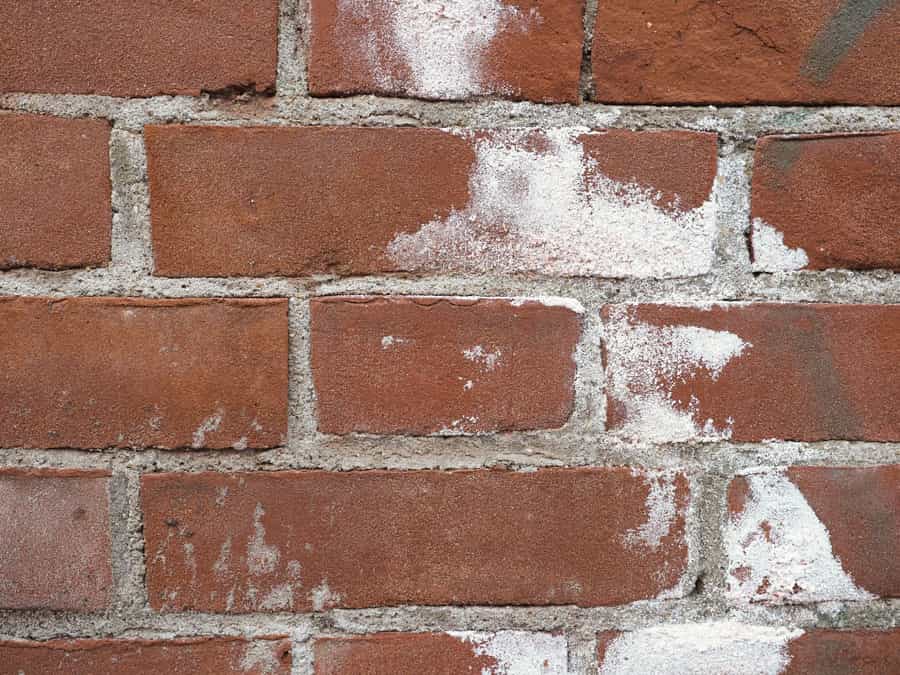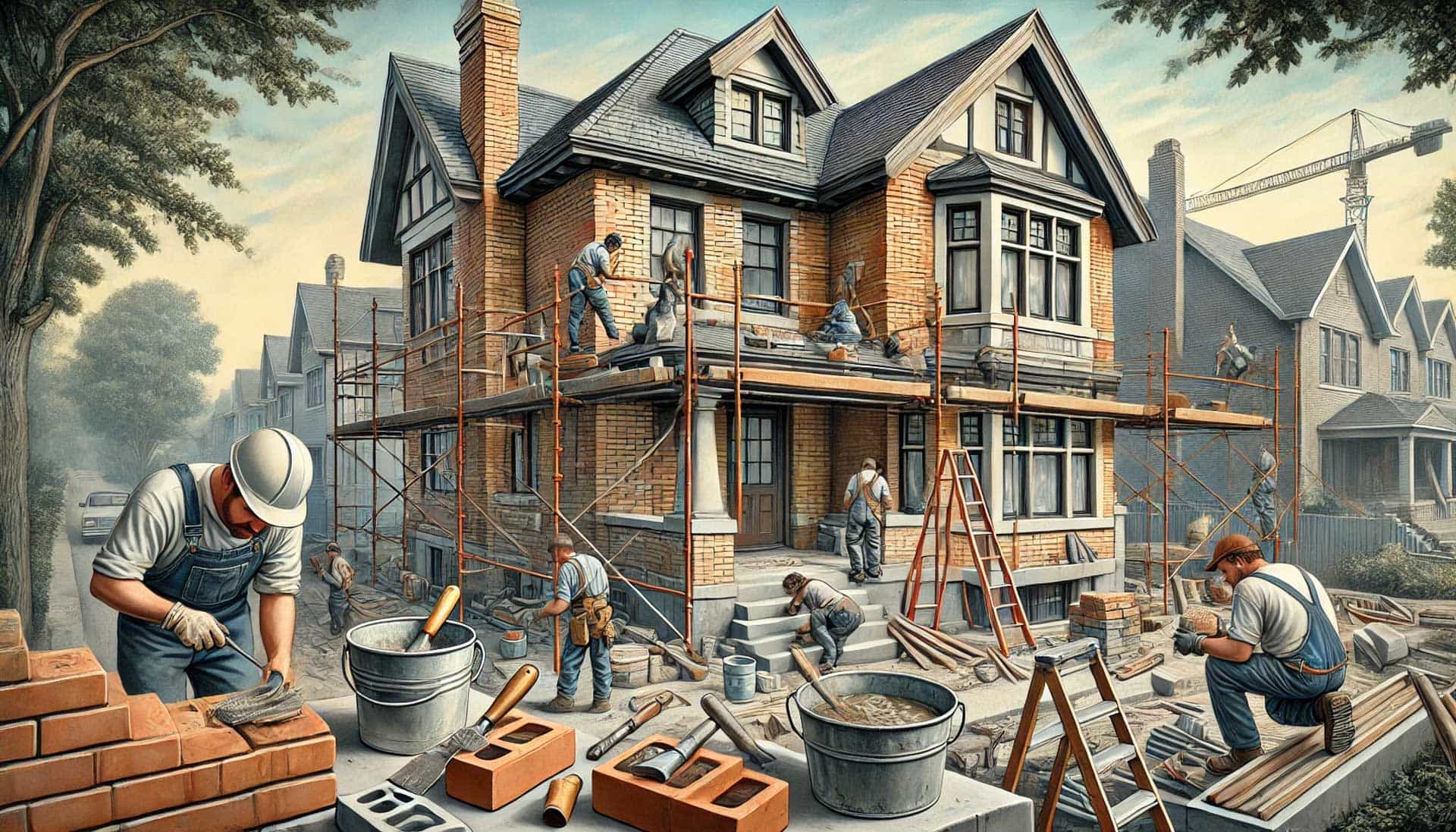Historic buildings are a testament to our rich cultural heritage, embodying stories and architectural marvels from eras gone by. However, as time marches on, these structures often face the threat of deterioration, particularly in their brickwork, which can weaken and crumble if not properly maintained.
“Reviving History: The Ultimate Guide to Brick Repair for Historic Buildings” is your essential resource to safeguard these irreplaceable gems. In this guide, we will explore proven techniques and expert tips for restoring brickwork to its former glory, ensuring that each charming facade and sturdy wall continues to tell its story for generations to come. Whether you are a building owner, a preservation enthusiast, or a contractor looking to engage in historical restorations, our comprehensive approach will equip you with the knowledge needed to tackle brick repair challenges effectively. Let’s embark on this journey to revive history, one brick at a time.
Understanding the Importance of Brick Repair in Historic Preservation
Historic buildings represent more than just bricks and mortar; they are tangible links to our past, embodying the craftsmanship, culture, and architectural ingenuity of previous generations. The preservation of these structures is crucial not only for their aesthetic and educational value but also for maintaining the historical continuity of our communities. Brick repair plays a vital role in this preservation effort, allowing us to maintain the structural integrity and appearance of these buildings while honoring their original construction techniques.
Without proper maintenance and repair, the brickwork in historic buildings can deteriorate due to factors such as weathering, pollution, and mechanical damage. This deterioration can lead to safety hazards, loss of historical authenticity, and potentially irreversible damage. By investing in brick repair, we ensure that these historic gems remain safe, functional, and true to their original design, thus preserving their historical significance for future generations.
Moreover, the act of repairing historic brickwork is an acknowledgment of the skilled labor and artistry that went into their construction. It is a way of paying homage to the past while also utilizing modern techniques and materials to enhance longevity. This blend of old and new ensures that historic buildings can continue to stand as proud symbols of our cultural heritage, inspiring and educating those who encounter them.
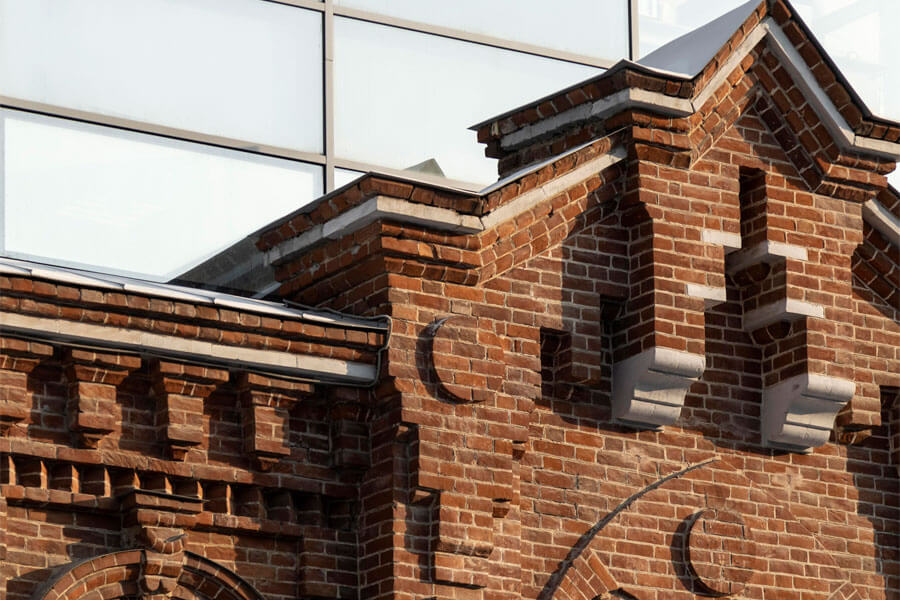
Common Issues Faced by Historic Brick Structures
Historic brick structures, by their very nature, are susceptible to a range of issues that can compromise their stability and appearance. One of the most common problems is weathering, where exposure to the elements causes bricks and mortar to erode over time. This can lead to spalling, where the surface of the brick flakes off, and efflorescence, where salts are deposited on the brick surface, leading to unsightly white stains.
Another prevalent issue is structural movement, which can be caused by ground settlement, thermal expansion, or vibrations from nearby construction. These movements can result in cracks in the brickwork, which not only mar the appearance of the building but also allow water ingress, leading to further deterioration. In severe cases, structural movement can threaten the overall stability of the building, necessitating urgent intervention.
In addition to these physical issues, historic brick structures often face challenges related to previous repairs. Inappropriate materials or techniques used in past repairs can cause more harm than good, leading to mismatched bricks, incompatible mortar, and accelerated decay. It’s crucial to address these issues with a sensitive and informed approach, ensuring that any repair work is sympathetic to the original construction methods and materials.
Assessing the Condition of Your Historic Brickwork
Before embarking on any repair work, it’s essential to conduct a thorough assessment of the condition of your historic brickwork. This assessment should be carried out by a qualified professional with experience in historic preservation, as they will be able to identify subtle signs of damage and deterioration that may not be immediately apparent.
The assessment process typically begins with a visual inspection, where the brickwork is examined for signs of weathering, cracking, spalling, and other forms of damage. This inspection should also include an evaluation of the mortar joints, which are often the first areas to show signs of deterioration. In some cases, it may be necessary to use non-invasive techniques such as infrared thermography or ground-penetrating radar to detect hidden issues.
Once the visual inspection is complete, the next step is to conduct a more detailed analysis of the brick and mortar. This may involve taking samples for laboratory testing to determine their composition and condition. The results of this analysis will provide valuable information about the original materials used in the construction and help guide the selection of compatible repair materials. Armed with this knowledge, you can develop a comprehensive repair plan that addresses the specific needs of your historic brickwork.
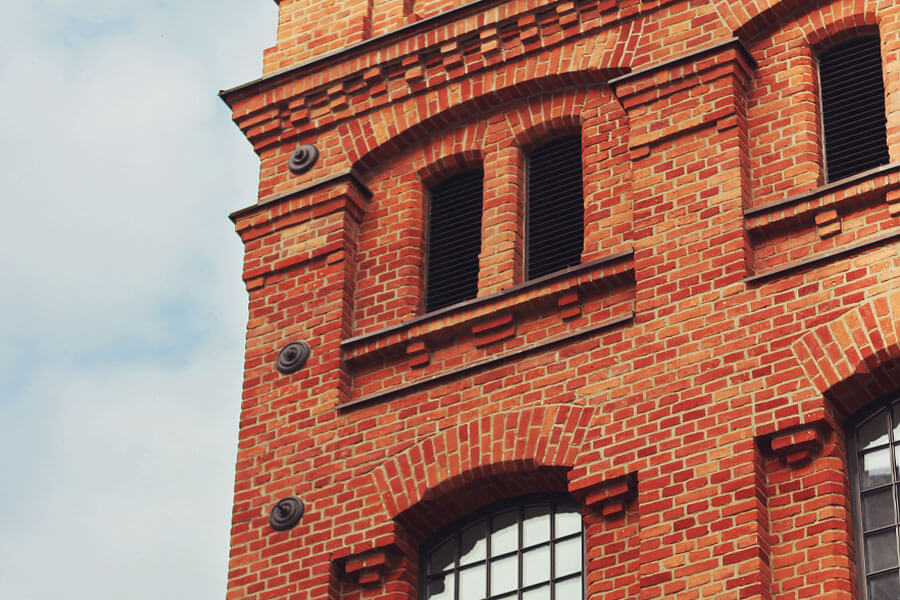
Tools and Materials Needed for Brick Repair
Undertaking brick repair in historic buildings requires a range of specialized tools and materials to ensure the work is carried out effectively and sympathetically. One of the most essential tools is the pointing trowel, which is used to apply and shape mortar in the joints. Other key tools include brick hammers, chisels, and jointers, which are used to remove damaged bricks and mortar and create clean, precise joints.
In addition to these basic tools, you may also need more specialized equipment, depending on the specific nature of the repair work. For example, if you are dealing with large areas of damaged brickwork, you may require a brick saw or angle grinder to cut replacement bricks to size. Similarly, if you are working on high or hard-to-reach areas, scaffolding or a cherry picker may be necessary to ensure safe and stable access.
When it comes to materials, the choice of mortar is particularly important. Modern cement-based mortars can be too hard and impermeable for use in historic buildings, leading to further damage over time. Instead, it is generally recommended to use lime-based mortars, which are more flexible and breathable, allowing the brickwork to move and breathe naturally. In some cases, it may be necessary to source or recreate historically accurate bricks to match the original construction as closely as possible. By using the right tools and materials, you can ensure that your brick repair work is both effective and in keeping with the historical integrity of the building.
Step-by-Step Guide to Repairing Damaged Bricks
Repairing damaged bricks in historic buildings is a delicate process that requires careful planning and execution. The first step is to prepare the area by removing any loose or damaged bricks and mortar. This can be done using a hammer and chisel, taking care to avoid damaging the surrounding brickwork. Once the damaged material has been removed, the area should be cleaned thoroughly to remove any dust or debris.
Next, you will need to prepare the replacement bricks and mortar. If you are using new bricks, they should be cut to size to match the original bricks as closely as possible. The mortar should be mixed according to the manufacturer’s instructions, ensuring that it has the right consistency and composition for the job. When mixing lime-based mortars, it is important to allow sufficient time for the lime to slake and mature before use.
With the materials prepared, you can begin the repair process by laying a bed of mortar in the joint. The replacement brick should be pressed firmly into place, ensuring that it is level and aligned with the surrounding bricks. Additional mortar can then be applied to the joints, using a pointing trowel to shape and smooth the surface. The mortar should be allowed to cure slowly, avoiding rapid drying which can cause cracking. Once the mortar has cured, the repaired area can be cleaned and finished to match the original brickwork.
Techniques for Repointing Mortar in Historic Buildings
Repointing is the process of renewing the mortar joints between bricks, which is often necessary in historic buildings where the original mortar has deteriorated. The first step in repointing is to carefully remove the old mortar to a depth of at least twice the width of the joint. This can be done using hand tools such as chisels and jointers, or with mechanical tools for larger areas. It is important to avoid damaging the bricks during this process, as this can lead to further issues.
Once the old mortar has been removed, the joints should be cleaned thoroughly to remove any dust or debris. This can be done using a brush or compressed air. The new mortar should then be prepared, typically using a lime-based mix that is compatible with the original materials. The mortar should be applied in small sections, working from the top of the wall downwards to avoid staining the brickwork.
The mortar should be packed firmly into the joints using a pointing trowel, ensuring that it is fully compacted and free of voids. The surface of the mortar can then be shaped and smoothed using a jointer, creating a finish that matches the original pointing. The mortar should be allowed to cure slowly, avoiding rapid drying which can cause cracking. Once the mortar has cured, the repointed area can be cleaned and finished to match the surrounding brickwork.
Preventive Measures to Protect Historic Brickwork
Preventive maintenance is key to protecting historic brickwork from future damage and ensuring its longevity. One of the most important steps is to keep the building and its surroundings clean and well-maintained. Regular cleaning can help remove dirt, pollutants, and biological growth that can contribute to brick deterioration. However, it is important to use gentle cleaning methods and avoid harsh chemicals that can damage the bricks and mortar.
Another crucial preventive measure is to ensure proper drainage and waterproofing. Water is one of the main causes of brick deterioration, so it is essential to keep the building dry and prevent water ingress. This can be achieved by maintaining roof gutters and downspouts, repairing any leaks, and ensuring that the ground around the building slopes away to prevent water pooling. In some cases, it may also be necessary to install or repair damp-proof courses to protect the brickwork from rising damp.
Regular inspections are also important for identifying and addressing potential issues before they become serious problems. This can include checking for signs of cracking, spalling, and efflorescence, as well as monitoring the condition of the mortar joints. By addressing these issues promptly, you can prevent further damage and ensure that the brickwork remains in good condition for years to come. Preventive maintenance not only protects the structural integrity of historic buildings but also helps preserve their historical and aesthetic value.
Conclusion: Preserving Our Heritage Through Brick Repair
Preserving historic buildings through careful and informed brick repair is a vital part of maintaining our cultural heritage. These structures are more than just physical edifices; they are repositories of history, artistry, and community identity. By understanding the common issues faced by historic brick structures and employing appropriate repair techniques, we can ensure that these buildings continue to stand as proud testaments to our past.
Brick repair in historic buildings requires a nuanced approach that respects the original construction methods and materials. From assessing the condition of the brickwork to selecting the right tools and materials, each step of the process must be carried out with precision and care. Techniques such as repointing and replacing damaged bricks are essential for maintaining the structural integrity and appearance of historic buildings, allowing them to continue telling their stories for generations to come.
Ultimately, the effort we put into preserving historic brick structures is an investment in our collective heritage. By taking proactive steps to prevent damage and address issues promptly, we can ensure that these irreplaceable gems remain safe, functional, and true to their original design. Whether you are a building owner, a preservation enthusiast, or a contractor, this guide provides the knowledge and tools needed to tackle brick repair challenges effectively. Let us continue to revive history, one brick at a time.

